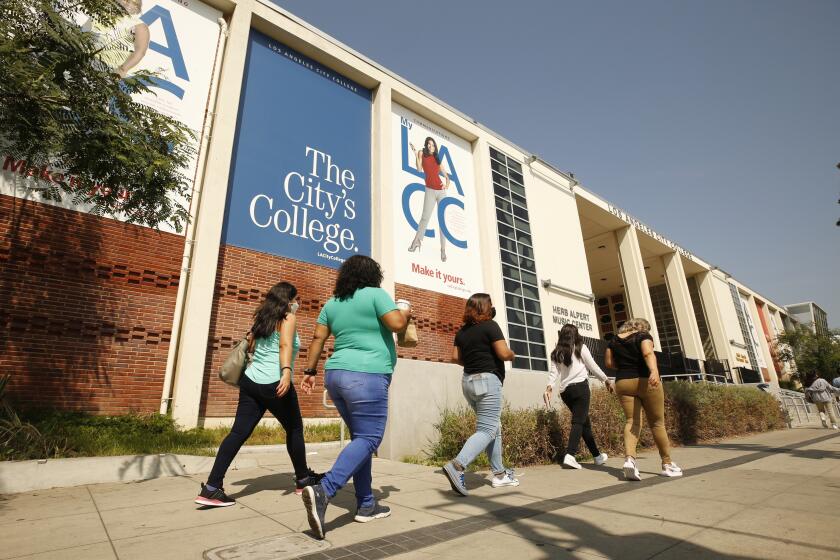Readers React: When should posting a sex tape be protected as free speech?
To the editor: At the end of Erwin Chemerinsky’s excellent analysis of the Hulk Hogan sex tape case, I was shocked to find an inappropriate conclusion. Chemerinsky suggests that rather than having juries decide what is and is not “newsworthy,” we have an absolute rule that “no videos of people having sex should be made public unless all of the participants consent.” (“Privacy versus speech in the Hulk Hogan sex tape trial,” Opinion, March 14)
For more than a century, courts have been loath to formulate rules that were supposed to apply in all different factual situations that arise over time. The world is too complicated for such “universal” rules to work. Instead, courts understand that the best approach is to have general rules that are left to the juries’ interpretation and application.
For example, what if there were a tape of a presidential candidate having sex with someone who was not his or her spouse? What if the tape clearly showed a great deal of pain being inflicted by one of the participants on the other? What if the tape showed a police officer having sex while on duty?
Like pornography, I know an inappropriate sex tape when I see it, but there is no simple rule that defines what is inappropriate for everyone in all cases. But perhaps we can have a rule that if the identity of one person on a newsworthy tape is not relevant to the newsworthiness of the tape, then that participant’s face should be blacked out.
Chemerinsky should not have proposed such a simple, universal rule.
Steven A. Freeman, Encino
The writer is an attorney.
Follow the Opinion section on Twitter @latimesopinion and Facebook
More to Read
A cure for the common opinion
Get thought-provoking perspectives with our weekly newsletter.
You may occasionally receive promotional content from the Los Angeles Times.










